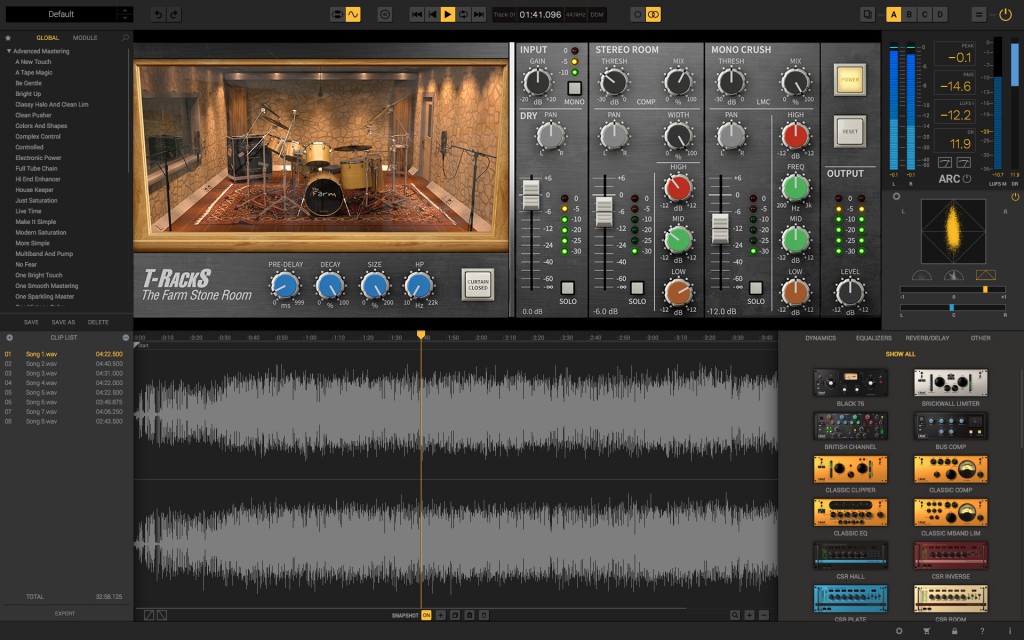Reverb is an essential effect that can transform your sound and give it depth and space. As a producer or musician, understanding how to use reverb in Ableton Live can take your tracks to the next level. In this article, we will explore the ins and outs of using reverb in Ableton Live and provide some tips and tricks to help you optimize your sound.
What is Reverb?
Reverb is a natural acoustic phenomenon that occurs when sound waves reflect off surfaces in a space. It is the sonic footprint of a room and can vary depending on the size, shape, and materials of the room. In the digital world, reverb is created using algorithms to simulate these characteristics.
In Ableton Live, the reverb effect is an audio effect that can be applied to individual tracks or the master track. It adds a sense of space and realism to your sounds, making them feel like they are being played in a specific environment.
Adding Reverb to Individual Tracks
To add reverb to an individual track in Ableton Live, simply create a new audio track, select the track you want to process, and navigate to the audio effects rack in the browser. Drag and drop the reverb effect onto the track.
Once you have added the reverb effect, you can adjust its parameters to achieve the desired sound. The most common parameters include:
| Parameter | Description |
|---|---|
| Room Size | Controls the perceived size of the virtual space |
| Decay Time | Determines how long the reverb tail lasts |
| Damping | Controls the high-frequency decay of the reverb |
| Pre-Delay | Sets the time before the reverb effect kicks in |
| Mix | Adjusts the balance between the dry and wet signal |
Experiment with these parameters to find the right balance for your track. A smaller room size and shorter decay time can make your sound feel closer and more intimate, while a larger room size and longer decay time can create a sense of spaciousness.

Credit: www.fullcompass.com
Using Reverb on the Master Track
Applying reverb to the master track in Ableton Live can help unify the overall sound of your mix and give it a cohesive feel. To add reverb to the master track, simply create a return track, select the master track, and route it to the return track.
Once you have routed the master track to the return track, you can add the reverb effect to the return track. Adjust the parameters to achieve the desired sound, keeping in mind that a subtle amount of reverb can go a long way when applied to the entire mix.
Tips and Tricks
- Use EQ before and after the reverb effect to shape the reverb tail and avoid muddiness.
- Automate the reverb parameters to create dynamic and evolving sounds.
- Try layering multiple instances of reverb with different settings for more complex and unique effects.
- Experiment with different types of reverb, such as plate, hall, or spring, to achieve different sonic characteristics.
- Consider using sidechain compression on the reverb to create rhythmic pumping effects.
Remember, less is often more when it comes to reverb. It is easy to overdo it and end up with a muddy or washed-out mix. Use your ears and trust your instincts to find the right balance for your tracks.

Credit: www.udemy.com
Frequently Asked Questions For Using Reverb In Ableton Live: Mastering Advanced Techniques
What Is Reverb And How Does It Work?
Reverb is a sound effect that simulates acoustic spaces, adding depth and dimension to audio.
Why Is Reverb Important In Music Production?
Reverb enhances the sound by giving it a sense of space and making it more immersive.
Can Reverb Be Used On Different Instruments And Vocals?
Yes, reverb can be used on various instruments and vocals to create a cohesive and balanced mix.
What Are Some Common Reverb Techniques In Ableton Live?
Common reverb techniques in Ableton Live include using predelay, adjusting decay time, and experimenting with different reverb types.
Conclusion
Reverb is a powerful tool that can transform your tracks and add depth and realism to your sound. By understanding how to use reverb in Ableton Live and experimenting with different settings, you can create professional-sounding mixes that stand out. So go ahead, dive into the world of reverb, and take your music to new heights!